Snowy Owl Facts
- This breathtaking winged wonder most frequently goes by the fully descriptive common name of the Snowy Owl across much of its range. Yet, the stunning animal does have a few other general titles. These include the short terms white owl, Arctic owl, and polar owl.
- Within the scientific community, however, it’s likely more often referred to by its technical moniker. That tag, though, like many such, remains somewhat difficult for the layperson to pronounce. That’s because the bird bears the formal epithet Bubo scandiacus.
- This magnificent product of evolution received that designation due to the efforts of Carl Linnaeus. The esteemed Swedish biologist recorded the first recognition of the avian as a separate and distinct species. He managed that scientifically noteworthy feat in 1758.
- This marvel distinguishes itself from its cousins in several ways. Among them stands the fact that it’s the only owl with primarily white plumage. Also separating it from the rest of the pack, so to speak, comes the fact that, unlike other owls, it’s often active during the day.
- Unfortunately, the population base of the marvelous Snowy Owl appears to be diminishing. This sad state further seems to exist across the entirety of its native range. The IUCN therefore presently lists the remarkable bird as Vulnerable on its Red List of Threatened Species.
- Lamentably, this wonder of the winged world now faces multiple threats to its continued existence. Like all species on earth today, most of these stem from the actions of mankind. They include, among others, the related perils of habitat loss and ongoing climate change.
Related Articles

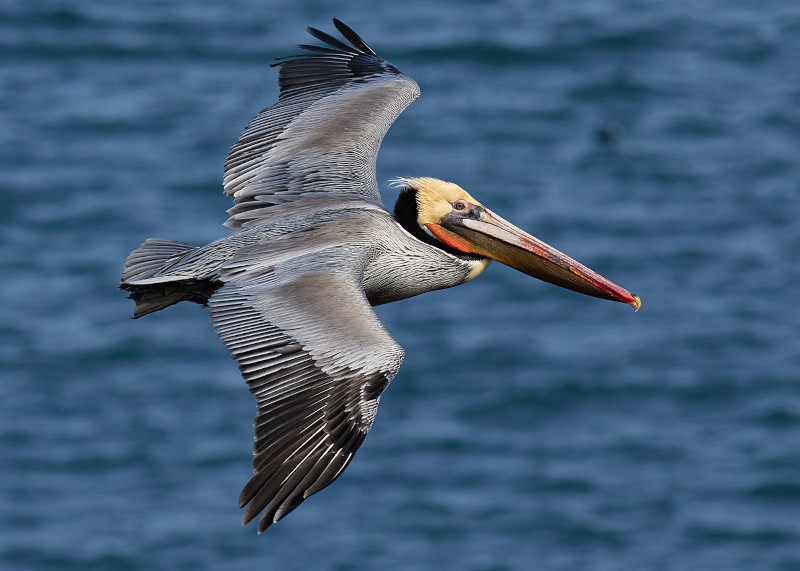
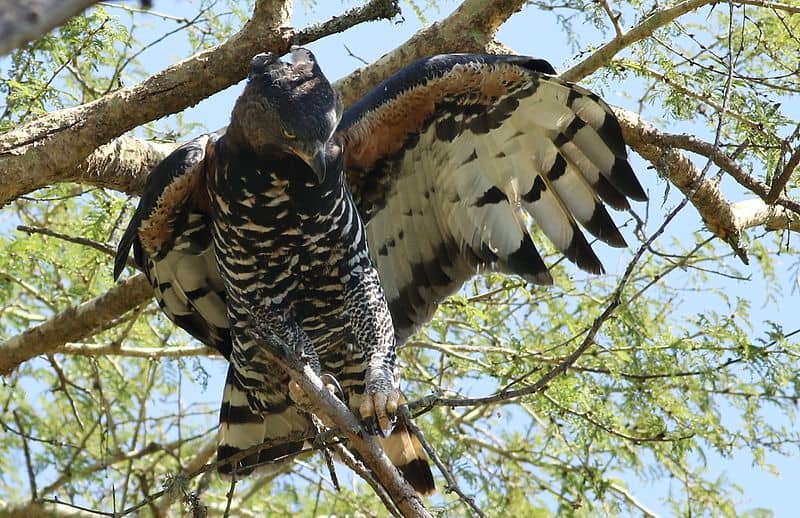
Snowy Owl Physical Description
The stunning Snowy Owl truly unquestionably forms a sight to behold, and one that rarely fails to captivate those lucky enough to do so. Yet, the animal does not impress due to its sheer beauty alone. That’s true since the avian also boasts some highly respectable physical dimensions.
In this regard, as well as in appearance, the creature follows an evolutionary pattern common to many birds. That’s manifested in the fact that it displays a certain degree of the physiological characteristic of sexual dimorphism. In this case, females attain a greater average size than males.
The overall difference, however, remains relatively minor. As a general principle, this beautiful bird grows to become one of the largest of all known owls, with fully mature specimens having a wingspan of 4.2 – 4.8 ft (1.3 – 1.5 m). An average body length equals roughly 20 – 27 in (50 -68 cm).
Like other owl species, this amazing creature evolved a facial disc, which represents a roughly circular arrangement of feathers around its equally unique eyes. This helps to funnel sound towards the ears, aiding in its exceptional hearing. It also has bright yellow eyes, creating a striking image.
The intriguing bird also possesses an extremely strong, hooked beak designed for tearing prey. Nature additionally provided the animal with powerful talons for catching and holding that. Its feathers developed as extremely dense, and even its feet have a protective covering of feathers.
Yet, it’s the coloring of the aptly-named Snowy Owl that so captivates the viewer. The bird evolved principally white plumage that helps the species blend in perfectly with its particular habitat. Adult males also tend to be slightly whiter than females and juveniles, with less mottling or barring.
Despite its predominantly white color, though, this wonder of Nature often also presents a few dark markings. These sometimes include spots and bars of black or brown on the wings, back, and occasionally on the faces. The full extent of these markings typically varies between individuals.
- Kingdom: Animalia
- Phylum: Chordata
- Class: Aves
- Order: Strigiformes
- Family: Strigidae
- Genus: Bubo
- Species: B. scandiacus
Snowy Owl Distribution, Habitat, and Ecology
The truly beautiful Snowy Owl generally nests within the Arctic tundra of the northernmost stretches of Alaska and Canada, in North America, and also Eurasia. Most also winter south throughout Canada and northern Eurasia, with a presence occurring further south in some years.
Most of the stunning winged marvels like open areas like coastal dunes and prairies that appear somewhat similar to tundra. The animals have been reported as far south as the American states of Texas, Georgia, the American Gulf states, southernmost Russia, and northern China.
This particular owl remains an extraordinarily powerful animal for its size. It primarily preys on lemmings and other small rodents for food during the breeding season. However, at times of low prey density, or during the nesting period, it sometimes switches to favoring juvenile ptarmigan.
The incredible birds also evolved as primarily opportunistic hunters, like their many kindred. Typical prey for this powerful species varies considerably, especially in the winter. It therefore feeds on a comparatively wide variety of fairly small mammals such as meadow voles and deer mice.
But, the Snowy Owl occasionally veers from this pattern. The powerful raptor sometimes takes advantage of larger prey as well. Some of the larger mammal prey includes hares, muskrats, marmots, squirrels, rabbits, raccoons, prairie dogs, rats, moles, and even smaller birds.
Being flexible in its habits, the owl will also take fish from the surface of lakes. Each bird must capture roughly 7 -12 mice per day to meet its food requirement and can eat more than 1,600 lemmings per year. Like many other avians, the bird swallows its prey entirely whole.
Snowy Owl Behavior and Tactics
Though Snowy Owls have natural few predators, the adults still remain watchful at all times. Clearly, the mature individuals have been blessed by Nature for self-protection. This is true since each comes equipped to defend against any kind of threat towards them or their offspring.
During the nesting season, the impressive owls regularly defend the nests against any and all potential threats. These dangers include such predators as arctic foxes, corvids, and swift-flying jaegers. Other threats, however, include dogs, gray wolves and some avian predators.
The males of the remarkably adapted avian species faithfully and habitually defend the nest at all times. Consequently, these often act much like human sentries. This they accomplish by standing guard nearby, while the female incubates the vulnerable eggs and broods the young.
Yet, the females of the awesome Snowy Owl also readily attack approaching predators without fail. This defense often occurs with great ferocity. This the animals accomplish by dive-bombing their opponents and engaging in distraction displays to draw the predator away from a nest.
Species Sharing Its Range

Polar Bear
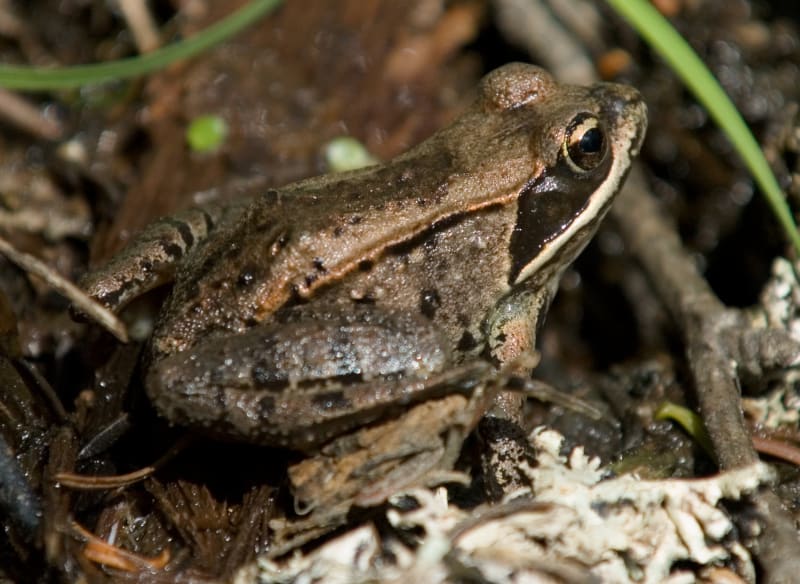

Arctic Fox
Check out our other articles on 5 Incredibly Wonderful Trees, Japanese Spider Crab, Blood Falls, Eastern Diamondback Rattlesnake, Phallus Indusiatus, Achemon Sphinx Moth
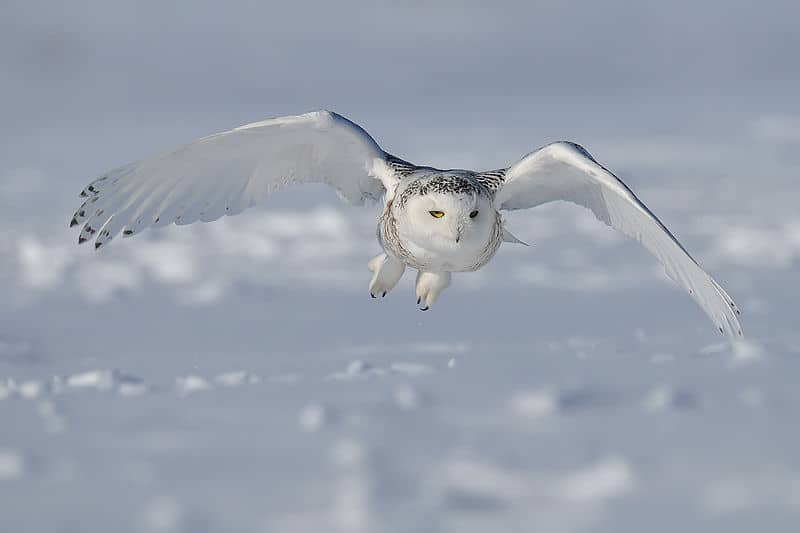
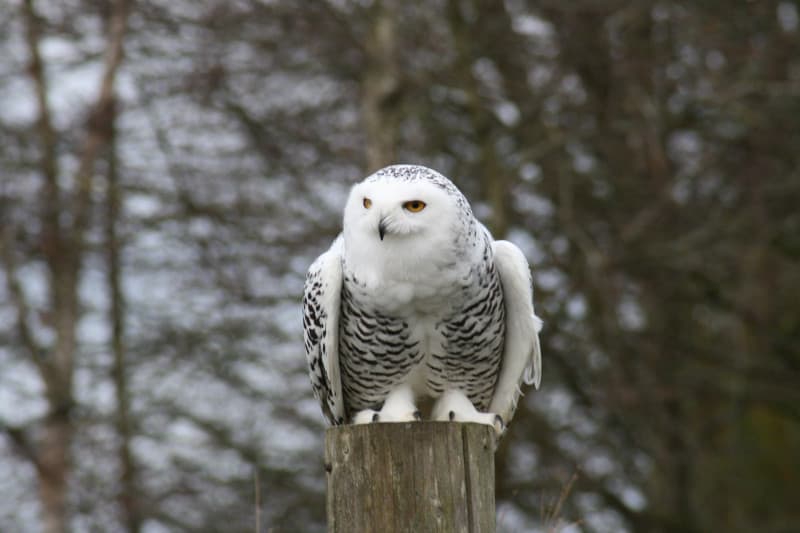
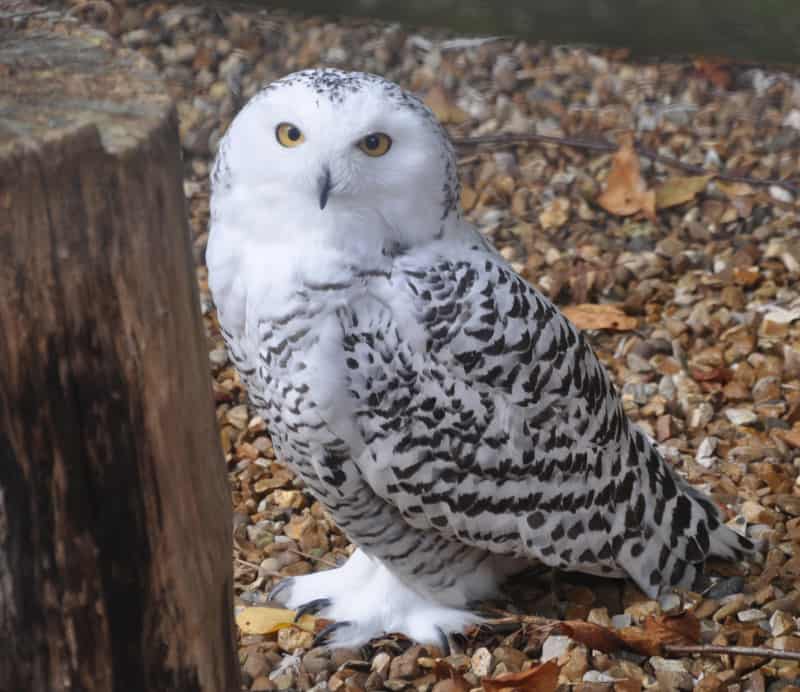
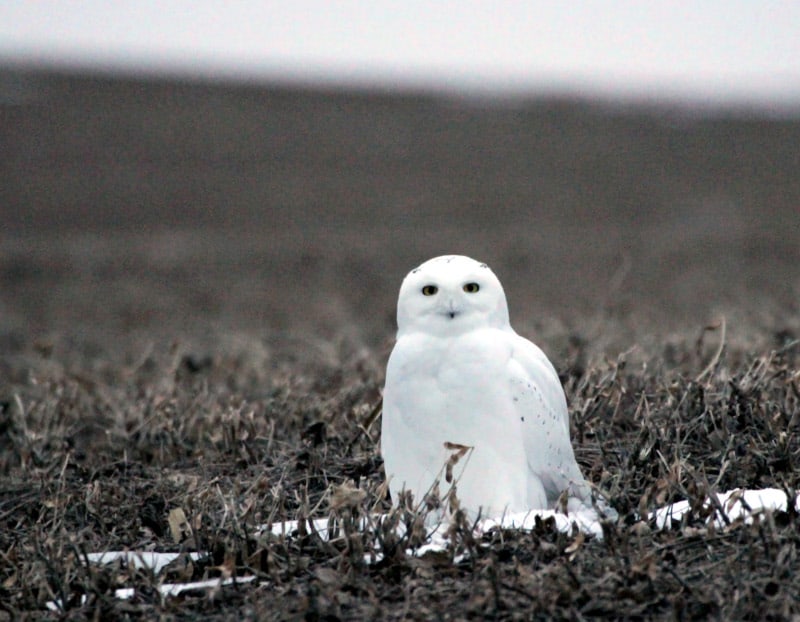









How do they keep warm?